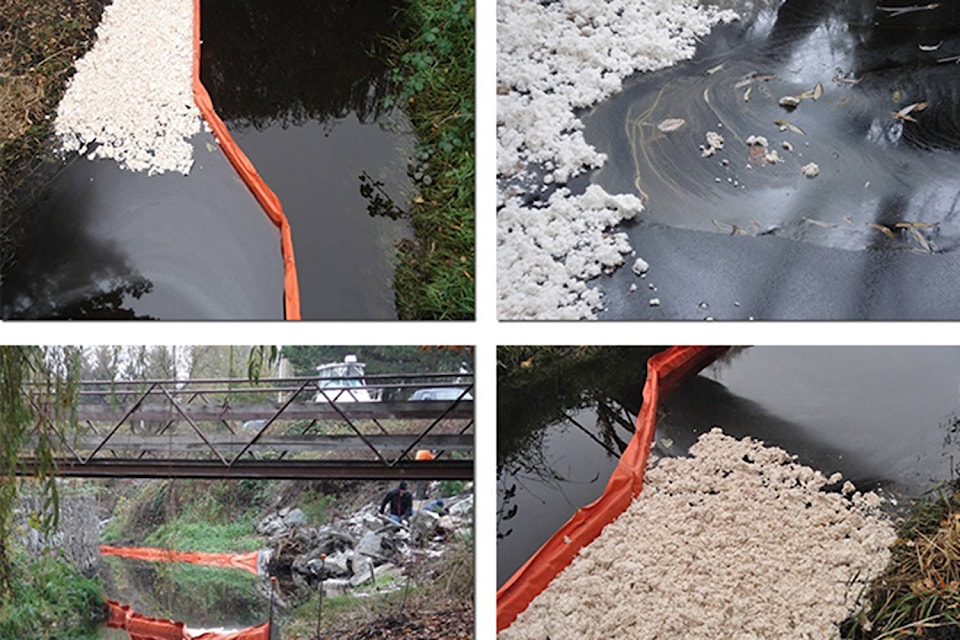Some Saanich residents using oil to heat their homes could soon receive direct financial support from the municipality to energy retro-fit their homes under a pilot project.
The project would see Saanich finance the upfront capital costs of replacing oil heating systems with air source heat pumps. Eligible recipients (with an emphasis on low-income individuals) would receive up to $12,000 in loans with zero interest financing over 10 years to replace their oil heating systems, then repay the municipality through their energy cost savings.
RELATED: WATCH: Methane-snacking crabs adaptive to climate change, UVic researchers say
RELATED: CRD endorses Climate Emergency Declaration
Ting Pan, acting manager of sustainability, said offering zero interest financing and focusing on oil tank replacements in the pilot phase, energy cost savings would cover the annual repayments with no net increase to daily living expenses.
According to a staff report, 18 per cent (or 6,000) of all Saanich owner-households are spending 30 per cent or more of their income on shelter, leaving little room to invest in the capital costs of home energy retro-fits.
Pan said municipal financing would help homeowners benefit from a healthier, more comfortable home with lower energy bills, while overcoming barriers around short-term home ownership and affordability.
Pending direct financial support from the municipality ($220,000 over two years) plus $59,000 in other municipal support, and the province through grants ($445,000), the program’s total budget could benefit about 50 homes. Saanich staff estimates 4,600 homes use oil as heating source.
Based on Natural Resource Canada’s EnerGuide Ratings, homeowners could save between $1,450 and $3,500 per year on heating costs by switching, Pan said.
Pan said since the vast majority of today’s housing stock will still exist 50 years from years now, so retro-fitting homes will be “absolutely critical” if Saanich wants to meet its larger goals of cutting GHG emissions 80 per cent below 2007 levels and becoming a community that uses 100 per cent renewable energy by 2050.
“But it is also one of the hardest components of our GHG profile to reach,” she said.
According to Pan’s presentation, buildings account for 31 per cent of Saanich’s total emissions of the greenhouse gas emissions (GHGs). Of those emissions, 22 per cent come from the estimated 4,600 oil heated homes in Saanich, which account for six per cent of total community emissions.
RELATED: Saanich well off mark when it comes to meeting goals of climate plan
RELATED: Academic study gives Saanich’s climate action plan middling mark
They also represent an environmental problem beyond contributing to climate change.
“Beyond the climate impact, oil heating systems continue to pose a significant environmental and financial liability for the District and its residents,” said Pan. “Between 2012 and 2017, there were 27 furnace-related oil spills, 21 of which were from above ground oil tanks.”
While home owners are responsible for covering the cleanup costs — cost estimates typically range between $65,000 to $118,000 per spill — Saanich also bears significant costs as well, she said, with an estimated $175,000 being spent on staff time, equipment, and administration between 2012 and 2017.
Coun. Judy Brownoff, who has been spearheading the initative, said she would like to see it move forward as quickly as possible, adding other communities have asked Saanich for details about it.
